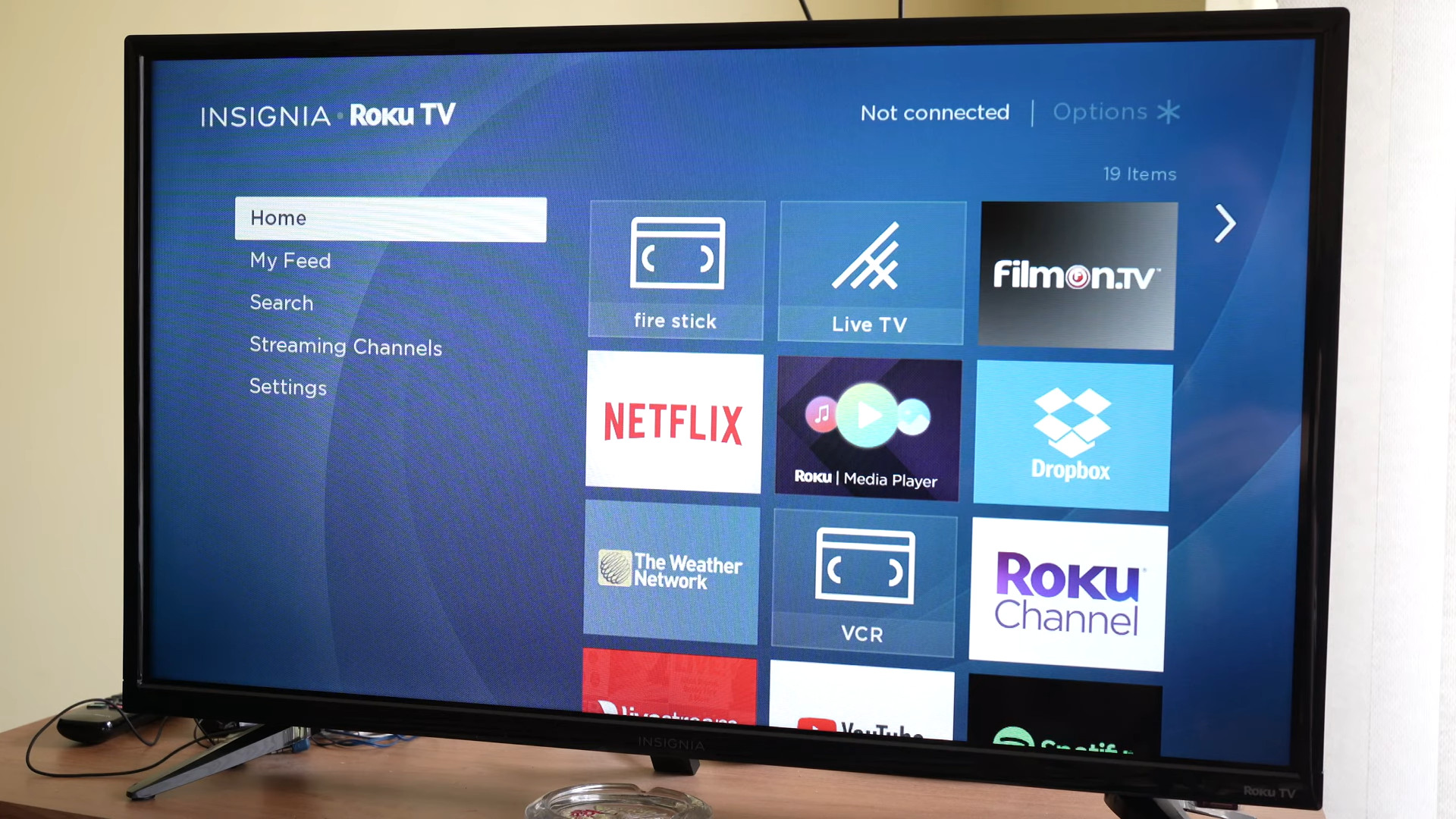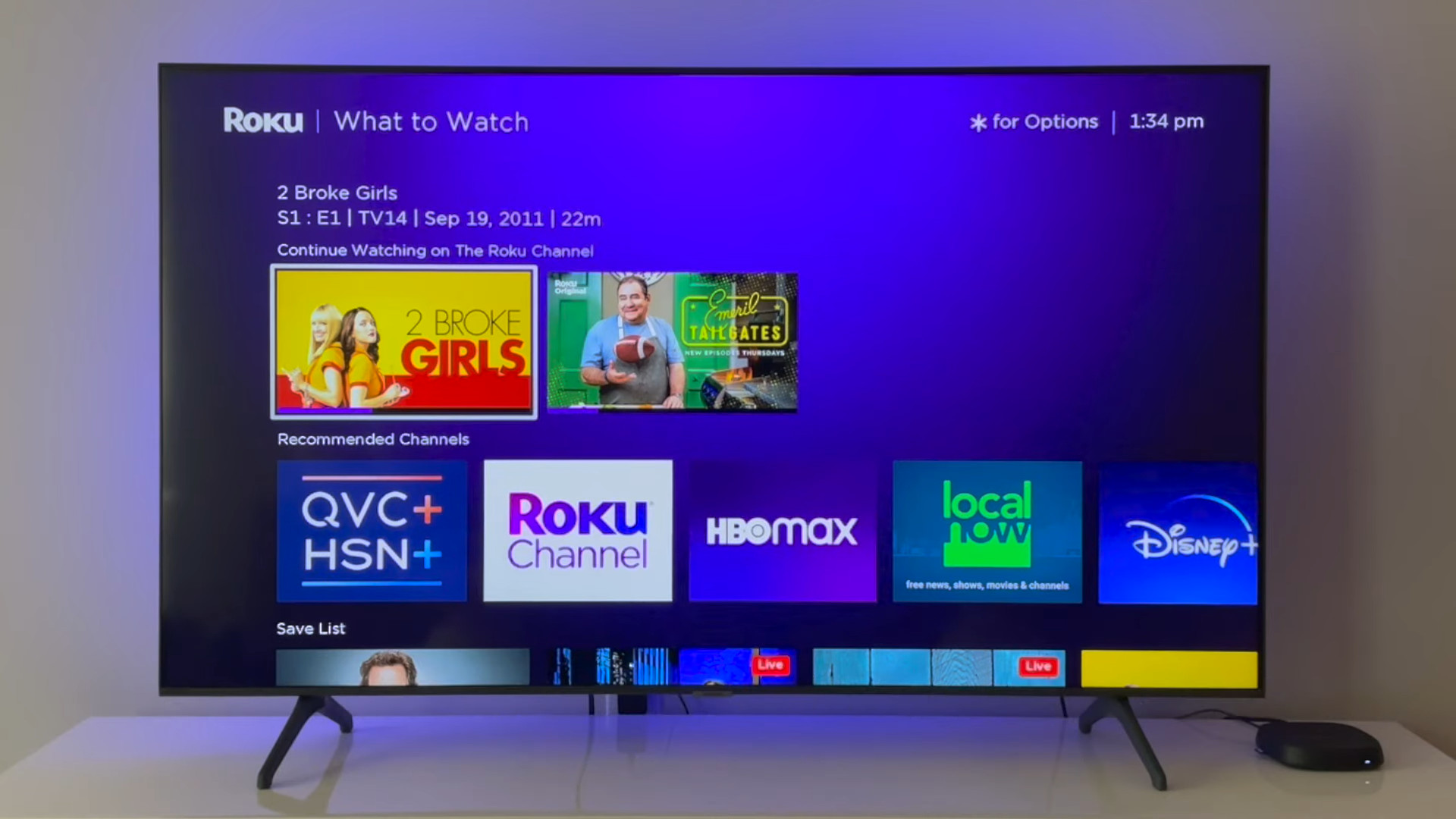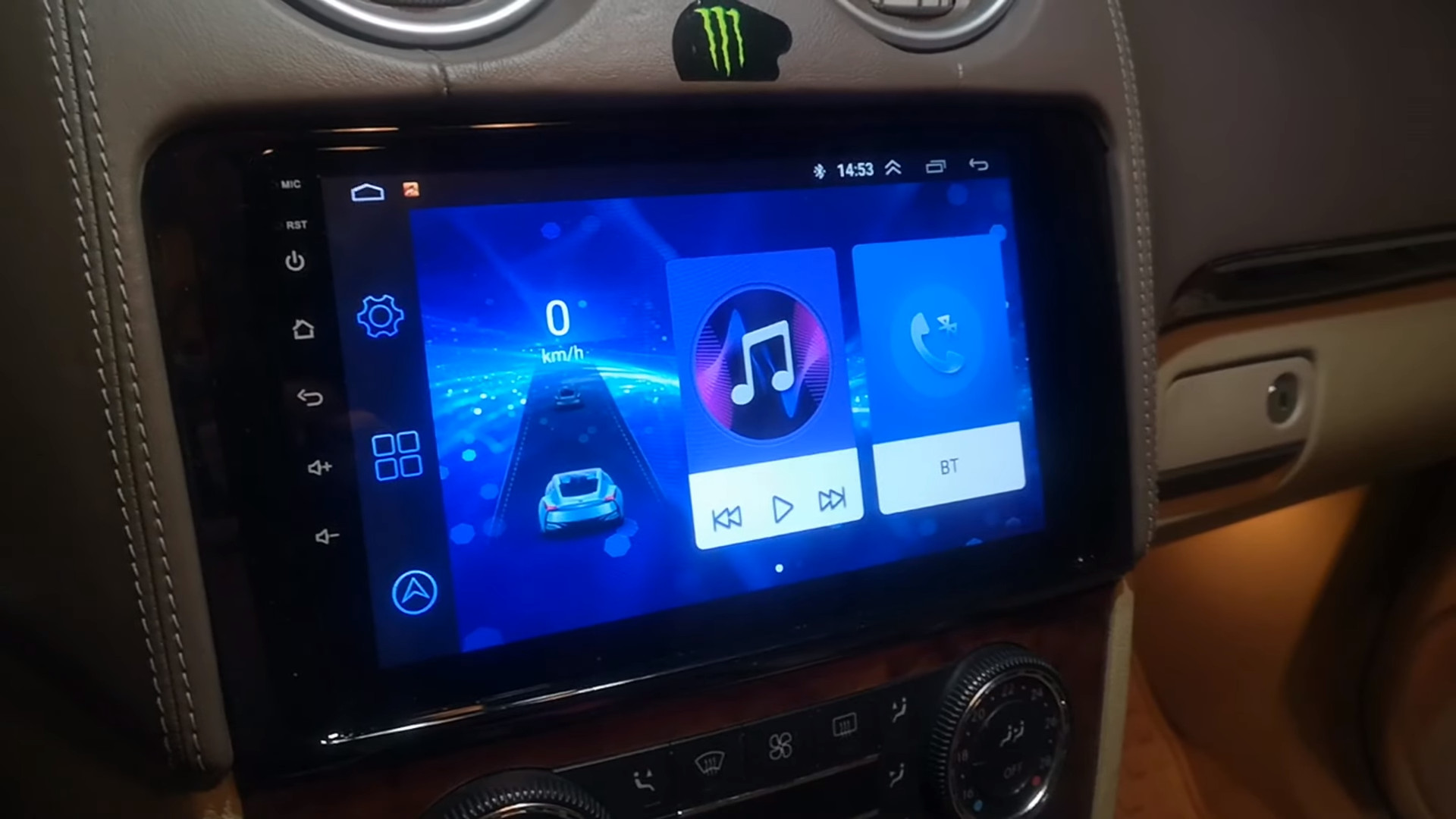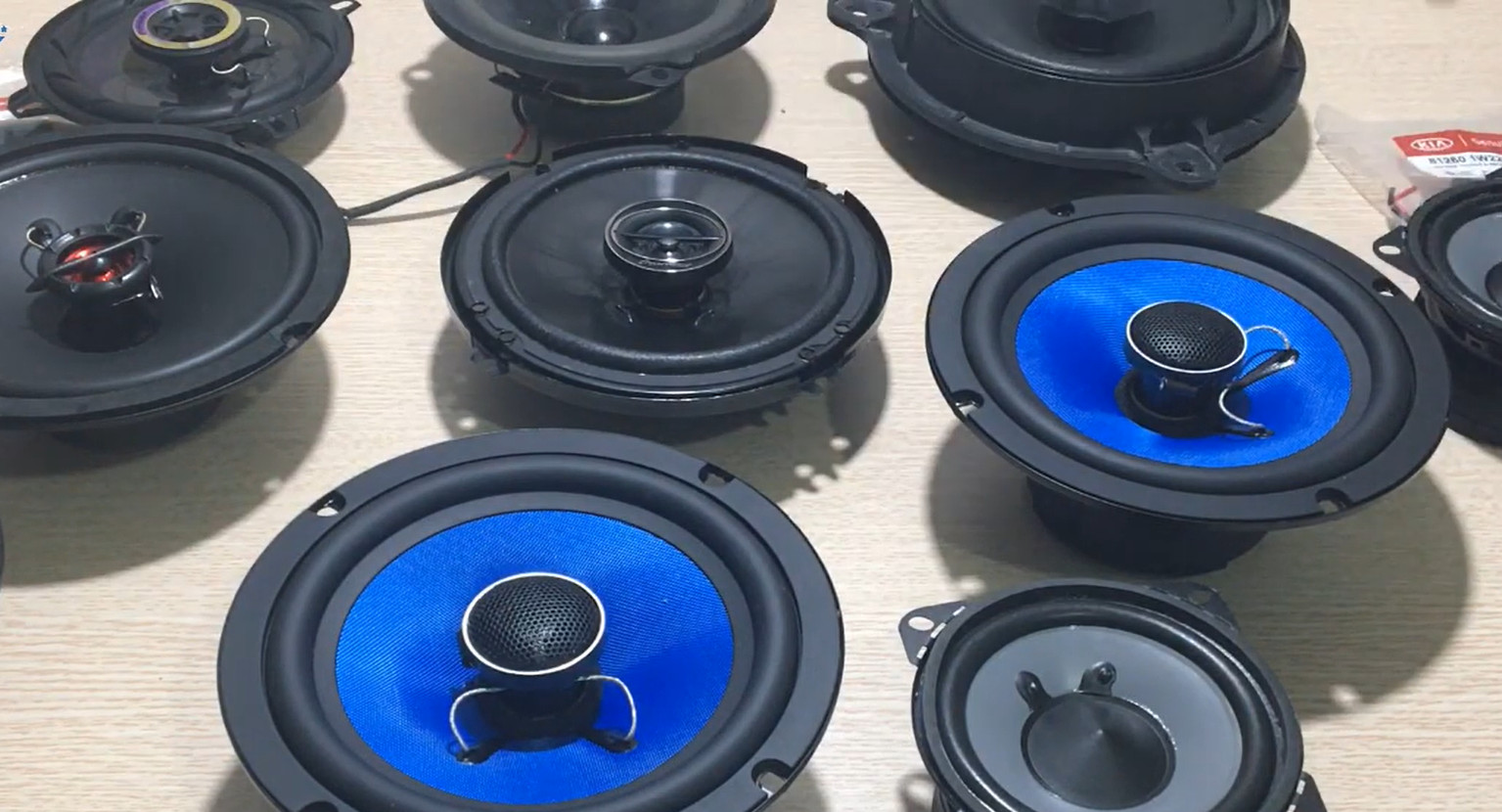HDMI 2.1 Vs. DisplayPort 1.4: Which one should you choose?
HDMI and DisplayPort are two standard connection formats in the digital era. Virtually all digital devices like computer displays, TVs, gaming consoles, and even projectors support these two standards.
However, there are various versions of HDMI and DisplayPort, such as 2.1 and 1.4.
So, which is the better option, HDMI 2.1 or DisplayPort 1.4? How to choose the most suitable format for your usage needs?
In this HDMI 2.1 vs. DisplayPort 1.4 comparison, I will discuss the basic specs and features of these two standards and help you pick the most optimal one.
Now let’s jump straight in!
Contents
A Brief Overview Of HDMI 2.1 And DisplayPort 1.4
Before discussing the core differences, let me walk you through some basic features of HDMI 2.1 and DisplayPort 1.4.
HDMI 2.1
HDMI 2.1 is a great leap from the standard HDMI connecting format. With its powerful technology, HDMI 2.1 allows users to transmit high-definition audio and video signals in up to 8K resolution.
You can push the resolution limit to 8K at 60 FPS or 4K/120fps thanks to the cable’s wide bandwidth of 38 GB (3 times higher than the previous HDMI 2.0 version.
DisplayPort 1.4
DisplayPort 1.4 is another prevalent connection standard that can compete directly with HDMI 2.1 due to its high-end performance. Similar to HDMI 2.1, DisplayPort 1.4 is compatible with UltraHD images in 8K and 4K resolutions.
Along with its wide bandwidth, DisplayPort 1.4 also supports Dynamic HDR meta and RFI radio signals. These premium features bring users great convenience in the usage process.

HDMI 2.1 Vs DisplayPort 1.4: What Are The Differences?
This table summarizes the core differences between HDMI 2.1 and DisplayPort 1.4 regarding their main specs and features.
| Features / Type | DisplayPort 1.4 | HDMI 2.1 |
| Max Transmission Rate | 32.4 Gbps | 48.0 Gbps |
| Max Data Rate | 25.92 Gbps | 42.6 Gbps |
| Resolution / Supported Refresh Rate | 8K @ 120Hz w/ DSC | 4K @ 144 Hz (240 Hz w/DSC)or 8K @ 30 Hz (120 Hz w/DSC) |
| GPU Introduction | AMD RX 400 (Polaris) | Nvidia Turing’s Partial 2.1 VRR X |
| HDR | Static and Dynamic | Static |
| Audio | 32 channels max | 32 channels max |
Bandwidth
Bandwidth, or transmission rate, indicates the bit-rate information capacity of a cable. In other words, bandwidth shows how well and efficiently a connecting cable can transmit data.
HDMI features a very high bandwidth of 48 GB, which is 50% better than DisplayPort 1.4’s capacity (32GB). This is a significant advantage since a higher bandwidth ensures the stability and smoothness of a network.
As a result, HDMI 2.1 provides a more stable signal transmission. Using HDMI 2.1, your device can load and process the signals much quicker and more efficiently.
Maximum Supported Resolution
Both high-end cables can handle high resolutions efficiently from 4K. However, the HDMI 2.1 cable takes one step further by supporting up to 10K video signals at 100 Hz.
DisplayPort 1.4 can only deliver 8K video signals at 60 Hz. However, it should not be too big of a problem since very few digital devices can reach 10K resolution.
If you use a computer, projector, or gaming console, 4K resolution is sufficient. So, HDMI 2.1 and DisplayPort feature a similar utility despite the 10K edge.
Related: HDMI vs DisplayPort
HDR Support
While both formats feature Static HDR support, HDMI 2.1 is also compatible with Dynamic HDR. This format brings better video quality with a broader and more accurate color contrast ratio.
Compared to the Static support on DisplayPort 1.4, you’ll get much sharper video images when using the HDMI 2.1 dynamic HDR. The color, brightness, and color contrast will enhance your watching and game-playing experience.
Besides the resolutions and supported refresh rate, HDR technology plays a crucial role in a cable’s performance.
For this reason, HDMI 2.1 possesses a slight edge when it comes to video quality.
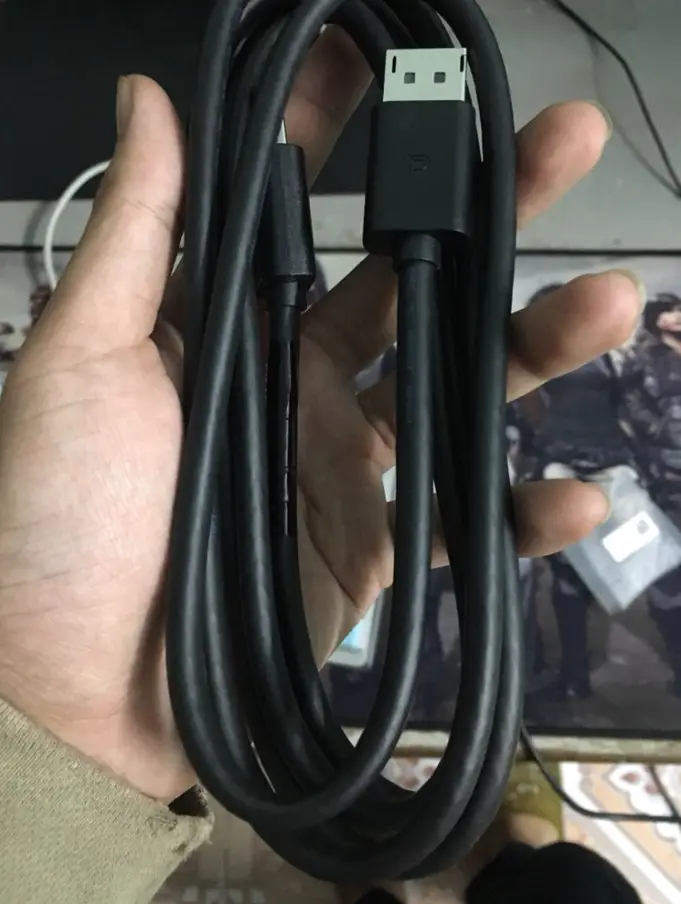
Number Of Displays
With HDMI or DisplayPort, you can link many devices using one single cable.
This feature is available on both formats, helping customers get rid of the annoying composite audio cables.
There isn’t a winner in this category since the two standards support multiple display connections.
Audio
You may think that HDMI 2.1 and DisplayPort 1.4 offer the same audio quality since they both feature 32-channel audio. However, HDMI 2.1 possesses a technology called Consumer Electronics Control (CEC).
This feature doesn’t increase the sound quality, but it allows you to control multiple devices using only one remote. For example, you can pair your TV with a soundbar and control it using the TV remote.
For audiophiles who like to set up a complete home audio system with numerous devices, this feature is a life changer.
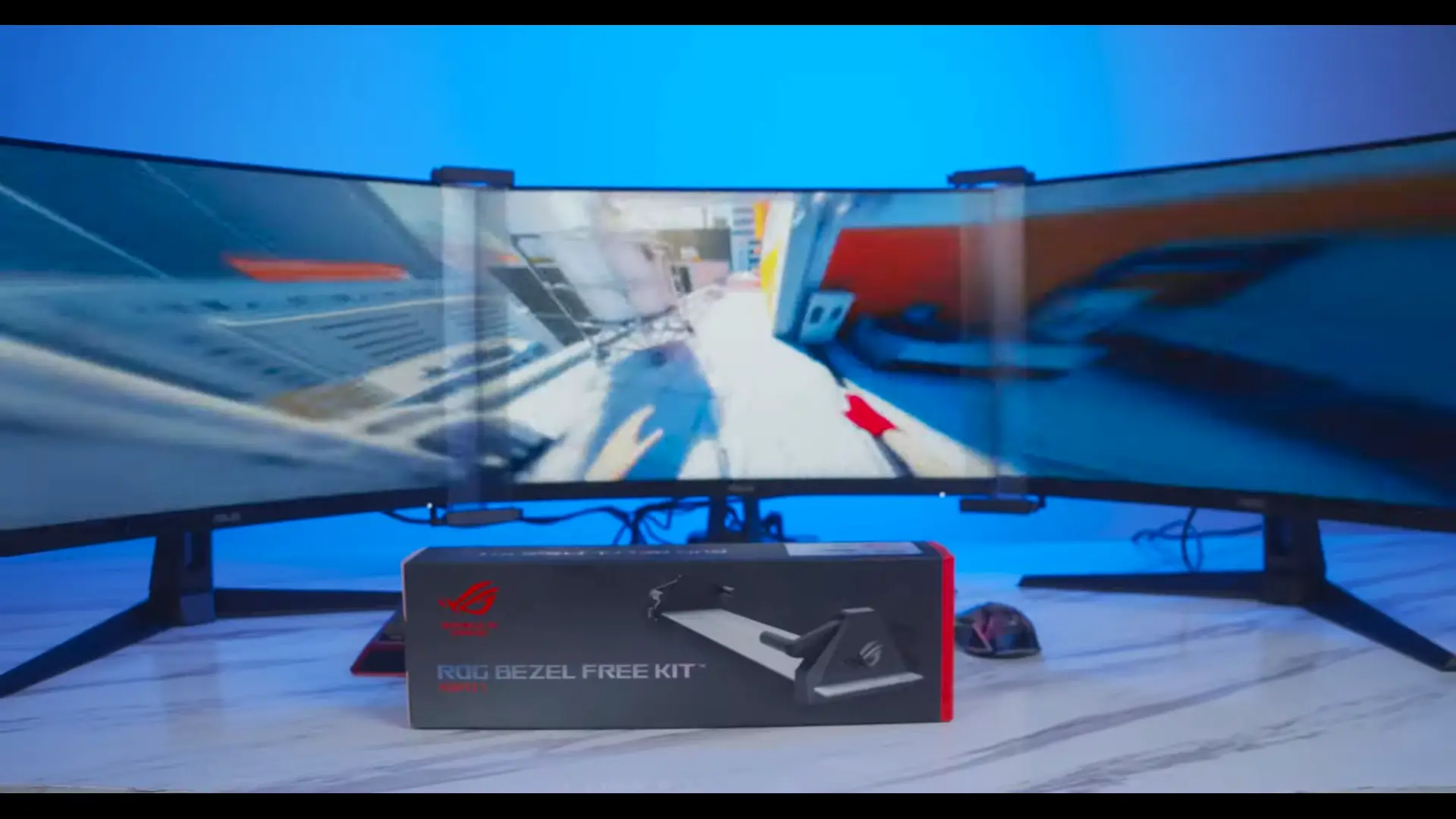
HDMI 2.1 vs DisplayPort 1.4: Which One Should You Choose?
To sum up, HDMI 2.1 and DisplayPort are great options for gaming and entertaining at high-end resolutions (4K or 8K). However, HDMI 2.1 has higher bandwidth of 48 GB, giving higher stability and efficiency in data transmission.
The HDMI 2.1 cable also exceeds with its more advanced technology like Consumer Electronics Control and 10K resolution. If I could choose between the two formats, it would be HDMI 2.1.
Nevertheless, you don’t need to switch your DisplayPort 1.4 to HDMI. It still delivers an identical experience for content watching and playing games.
Questions and Answers
Is HDMI Enough For 144hz?
The HDMI 2.0 is more than enough for displaying digital content at a 144 Hz fresh rate. However, you’ll need the most advanced HDMI 2.1 version to transmit and stream 144hz images at 4K resolution.
In addition, your device must be able to generate that high refresh rate.
Can HDMI Run 4k?
Depending on the HDMI cable version and type, HDMI is compatible with 4K resolution or even 8K. Some advanced HDMI cables from version 2.0 onward can transmit 4K images at 60 Hz.
If you want to ensure the 4K resolution, choose the High-Speed HDMI cables designed specifically for transmitting UHD image signals.
Do I Need Displayport For 144hz?
Both Displayport and HDMI standards support 144hz, but it depends on their version. You can use the regular Displayport or HDMI 1.3 for transmitting full HD images at 144hz.
You’ll need more advanced Displayport versions for higher resolutions (2K, UHD).
What Cable Is 144hz Better?
The best cable for transmitting 144hz video signals is HDMI 2.0, which supports up to 2K (1440p) resolution. However, DisplayPort is the better option for gaming at 144Hz.
The 1.0-1.1a version supports 144Hz at full HD, while 1.3 delivers up to 4K resolution.
Which HDMI Port Is Best For Gaming?
The more advanced HDMI port version brings a better gaming experience, allowing you to transmit sharper images and higher refresh rates.
If you want the best gaming performance, choose the latest HDMI port, 2.1.
It can deliver 4K images at 120 Hz, which is the top setting of most games nowadays.
Final Thoughts
I hope this HDMI 2.1 vs. DisplayPort 1.4 comparison can help you pick the most optimal standard for your needs. To sum up, the performance and features of the two connection types are nearly similar.
If your device supports both connections, just use the cable you have on hand without giving it much thought. Gamers can consider the Displayport, but the HDMI is sufficient to fulfill all your basic needs.
Thank you for reading!

